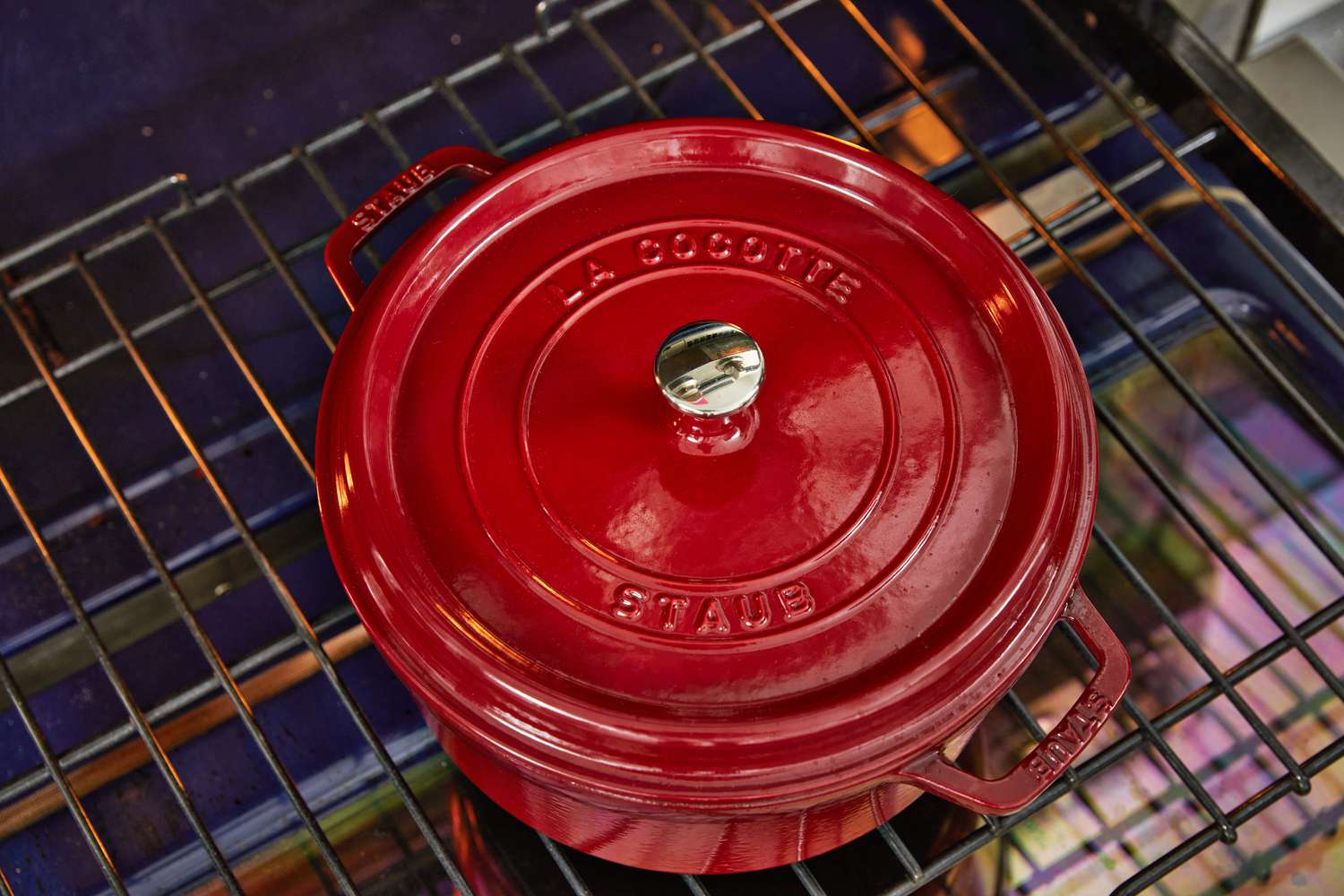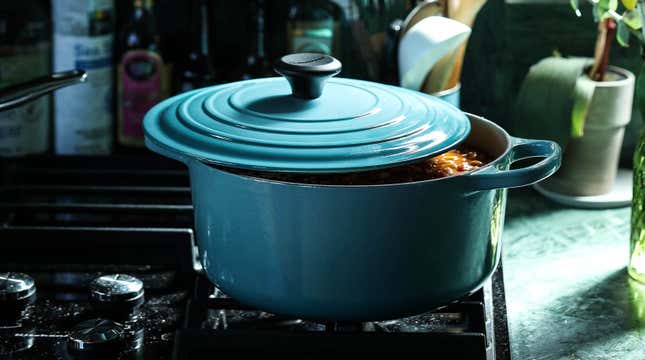If you love baking bread at home, then you know the importance of having the right equipment. One essential piece of gear is a dutch oven. But what is the best size dutch oven for baking bread? This question often puzzles home bakers, whether they’re newbies or seasoned pros. In this article, we’ll explore the ideal size of a dutch oven for bread baking, while keeping everything simple and enjoyable.

Why a Dutch Oven for Bread?
Before diving into size specifics, it’s worth understanding why a dutch oven is perfect for baking bread. Bread requires a consistent, even heat to rise perfectly, and a dutch oven provides just that. It mimics a professional steam oven, thanks to its tight-fitting lid, providing steam as the dough bakes. This steam helps the bread develop a beautiful, crispy crust while keeping the inside soft and fluffy.

Common Sizes of Dutch Ovens
Dutch ovens come in various sizes, generally ranging from 3 quarts to 7 quarts. The size of the dutch oven you need can depend on what you plan to bake or cook. Heres a quick guide:
- 3-4 quarts: Ideal for small loaves of bread or cooking for one to two people.
- 5-6 quarts: Best for average-sized loaves and most recipes. This size is versatile and suits both small and large households.
- 7+ quarts: Excellent for larger loaves or cooking for big families and gatherings.

Why Size Matters
The size of your dutch oven matters significantly. A dutch oven that’s too small might not provide ample room for your bread to expand, resulting in a dense loaf. On the other hand, one that’s too large might mean an uneven heat distribution, affecting the baking quality.
The Ideal Size: 5-6 Quarts
For most home bakers, the consensus is that a 5-6 quart dutch oven is the golden standard. It’s large enough to accommodate almost any recipe you might come across and fits well in most home ovens. This size also ensures the bread has enough space to expand and crust evenly.

Material Considerations
The material of your dutch oven can also play a part in the baking process. Most dutch ovens are made of cast iron, which provides excellent heat retention and distribution. Some are enameled, providing a non-stick surface. Both work well, but many bakers prefer the traditional seasoned cast iron for its natural non-stick properties.
Handling and Weight
Cast iron dutch ovens are heavy, especially when you go up in size. A 5-6 quart dutch oven is manageable for most users, but make sure you’re comfortable with the weight, especially when its full of dough and hot from the oven.
Additional Tips for Baking Bread in a Dutch Oven
Baking bread in a dutch oven requires no special technique, but these tips can help you get the best results:
- Preheat your dutch oven: Always preheat your dutch oven before placing your dough inside. This helps in generating the initial burst of steam needed for a crispy crust.
- Use parchment paper: This makes transferring the bread in and out easier and prevents sticking.
- Score your bread: Make shallow cuts on the surface of the dough to allow it to expand comfortably while baking.
FAQs
Can I bake bread in a 3-quart dutch oven?
Yes, you can bake smaller loaves of bread in a 3-quart dutch oven. It’s ideal for single-serving sizes or small households.
Should I use a seasoned or enameled dutch oven for bread baking?
Both types work well. Seasoned cast iron provides a natural non-stick surface, while enameled dutch ovens are easier to clean. It ultimately comes down to your preference.
Do I always need to preheat my dutch oven?
Preheating your dutch oven is recommended as it ensures a crispy crust and even baking. However, some recipes might not require preheating. Always follow your recipe’s instructions.
As an Amazon Associate, I earn from qualifying purchases.

